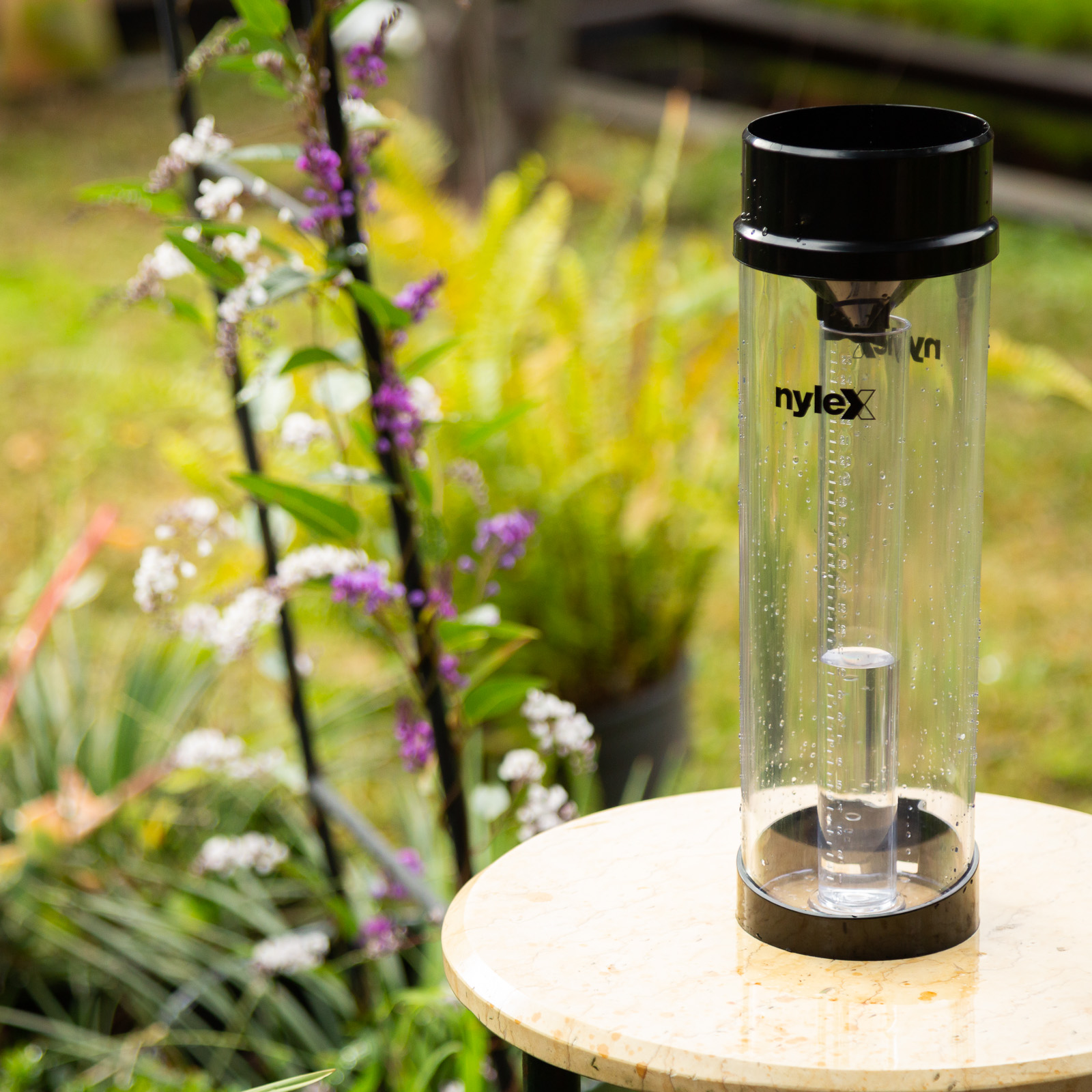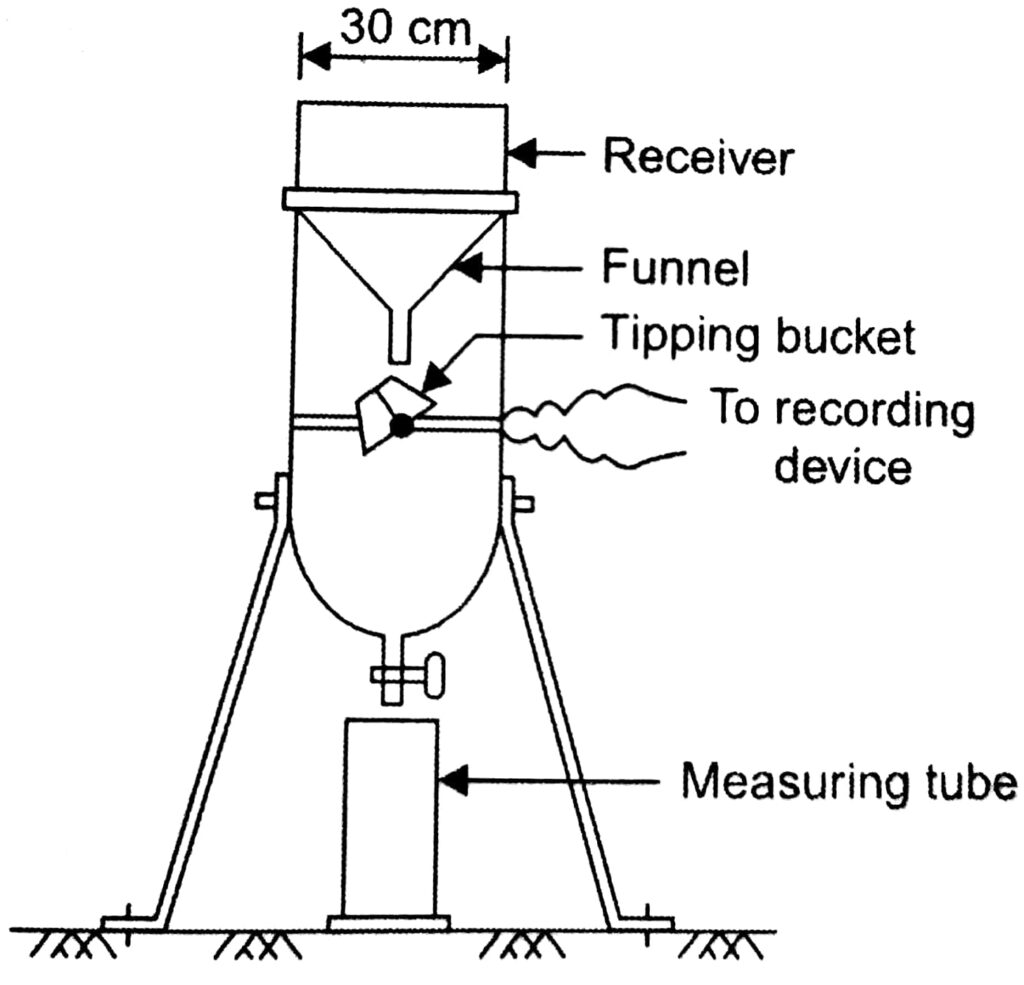Introducing the Science Behind Rainfall Determines: How These Tools Play a Vital Duty in Climate Research Study and Ecological Monitoring
Rainfall determines, apparently straightforward tools, hold an extensive relevance in the realm of climate research and environmental monitoring. As we peel off back the layers of this scientific veil surrounding rain gauges, we reveal a globe where accuracy, data accuracy, and precise monitoring merge to introduce a deeper understanding of our altering climate and its influence on the world.
Value of Rain Scales
Rainfall evaluates play a vital function in monitoring and gauging rainfall levels, giving necessary data for climate research and analysis. These devices are fundamental in quantifying the quantity of rainfall that takes place in a certain area over a particular period. By accumulating and determining rain, rainfall assesses offer beneficial insights into the distribution and strength of rainfall, helping meteorologists, hydrologists, and climatologists in recognizing weather condition patterns and trends.
In addition, lasting information accumulated from rain determines assists in analyzing climate modification impacts and patterns, adding significantly to clinical study and decision-making procedures. In significance, rainfall gauges offer as essential tools in the field of weather forecasting and environmental scientific research, playing a crucial role in advancing our understanding of weather condition and climate dynamics.
Sorts Of Rain Gauges

Performance and Operation
In the realm of environment study and meteorological researches, the effectiveness of rain determines depend on their elaborate functionality and precise functional systems. Rain gauges are developed to properly measure the amount of precipitation that drops over a certain area throughout a collection period. These tools commonly are composed of a funnel that accumulates rainwater and channels it right into a measuring tube. The gauging tube is marked with calibrated dimensions that enable for the accurate quantification of rains.
The capability of rain determines is based on the concept of gathering and gauging rainwater in a standardized fashion. This gathered information is important for comprehending neighborhood weather condition patterns, tracking lasting climate fads, and evaluating ecological impacts. To make sure exact measurements, rainfall gauges requirement to be purposefully placed in open areas away from blockages such as structures or trees that could interfere with the collection process.
The functional facet of rain evaluates includes normal upkeep to prevent debris build-up, calibration checks to preserve dimension precision, and information videotaping for analysis (rain gauge). Overall, the performance and operation of rain assesses are necessary for gathering reputable rainfall information crucial to environment study and ecological surveillance
Duty in Environment Study
Offered the essential importance of accurate rainfall dimensions in recognizing weather patterns and environmental influences, the duty of rainfall gauges in environment study is essential. Rain determines provide vital information for environment research study by measuring the amount of precipitation that falls over a certain area during a given duration. This information is vital for monitoring long-term patterns in precipitation patterns, assessing the influence of environment modification on rainfall distribution, and boosting environment designs.

Climate scientists utilize information accumulated from rain determines to examine variations in rainfall degrees, identify regional environment trends, and assess the performance of water source management techniques. By contrasting historical rainfall information with present dimensions, scientists can detect shifts in precipitation patterns, such as modifications in the regularity or intensity of rains occasions. This information is essential for understanding just how climate modification is affecting precipitation characteristics and can assist policymakers make notified choices relating to adaptation and mitigation approaches.
Applications in Environmental Monitoring

In flood forecasting, rain scale information aids to track rains strength and circulation, enabling authorities to provide timely warnings and take needed procedures to alleviate flood dangers (rain gauge). Dry spell monitoring counts on rainfall scale data to examine wetness degrees in the dirt and see it here track rainfall deficiencies, aiding in the recognition of drought-prone areas and the implementation of dry spell action approaches
In addition, rain gauge information plays an important role in water resource management by giving info on water availability and use patterns. This information is utilized to make informed choices concerning water allocation, preservation measures, and lasting water resource preparation. Additionally, in farming, rain scale information helps farmers in enhancing irrigation schedules, plant option, and overall ranch monitoring practices based on neighborhood precipitation patterns. On the whole, rain determines are important devices in environmental tracking, offering useful understandings that contribute to notified decision-making and lasting resource administration.
Verdict
To conclude, rain gauges are vital tools for determining precipitation, offering important information for environment research study and ecological tracking. With different kinds and capabilities, rainfall assesses play a critical duty in understanding rainfall patterns and their influence on the setting. By properly gauging rains, these tools add to the improvement of scientific understanding and help in making informed decisions relevant to water source administration and catastrophe preparedness.
Rainfall assesses play a crucial duty discover this info here in tracking and measuring rainfall degrees, offering important information for environment research study and analysis. The typical rainfall gauge, recognized as the "tipping container" gauge, is one of the most commonly used gadgets. Ultrasonic rain evaluates use audio waves to identify the existence of rain, giving real-time data on rainfall levels.Environment researchers utilize information collected from rainfall evaluates to assess variations in rainfall levels, recognize regional environment patterns, and review the efficiency of water source monitoring techniques.In conclusion, rainfall gauges are crucial tools for view it gauging precipitation, giving important information for climate study and environmental tracking.